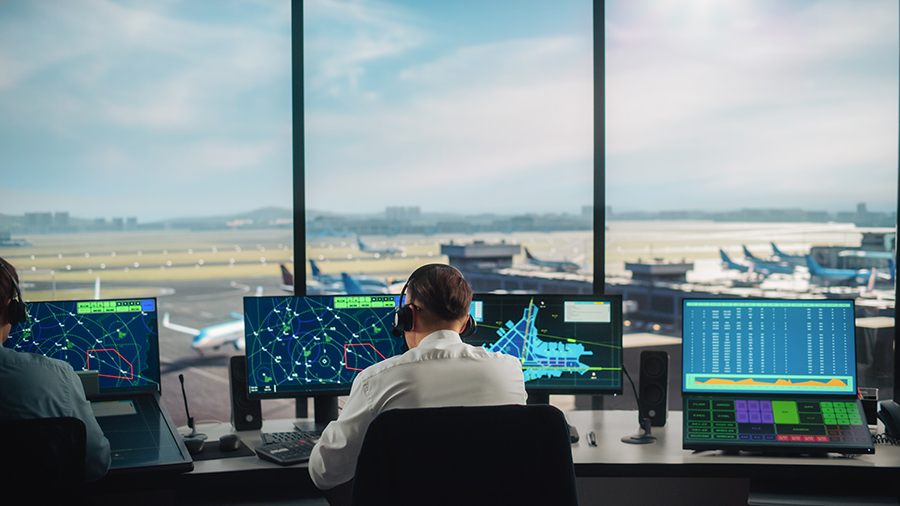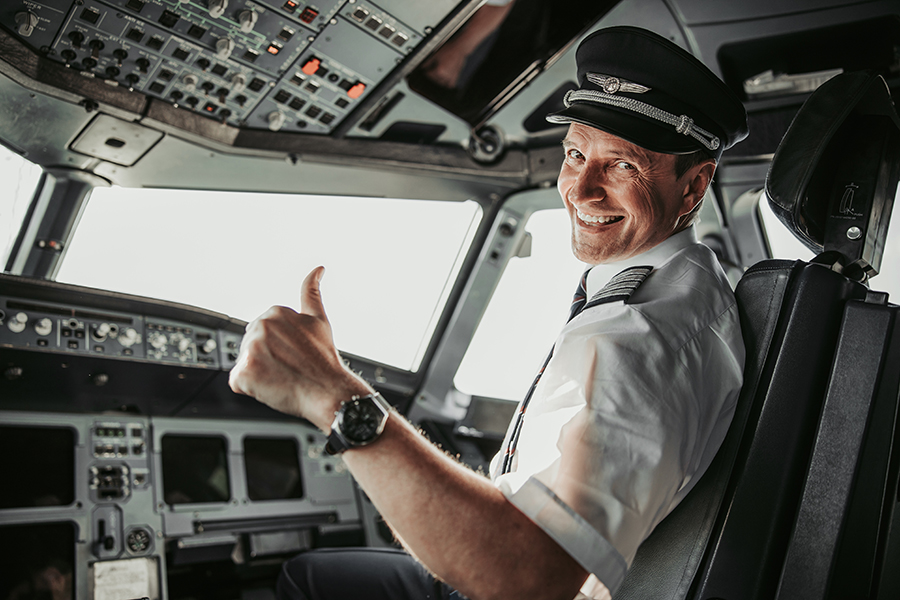The airport traffic pattern is a means of safely directing aircraft in and out of an aerodrome. While the airport traffic pattern is standardized, every traffic pattern is established based on conditions specific to each airport, such as terrain or noise abatement requirements. Information pertaining to each airport’s traffic pattern is found in the Chart Supplements, and you will find further information in the Aeronautical Information Manual (AIM).
Executing correct traffic pattern procedures is crucial to the safety of the airport environment, and pilots must keep these skills current. This article will discuss the procedures involved in the traffic pattern and what you can expect when flying in or out of an airport with an established traffic pattern.
Overview
The concept of a traffic pattern stems from the inability of aircraft to remain stationary in the air. An aircraft can only change its flight path and speed. The traffic pattern procedures optimize aircraft movement onto and out of the runway while maintaining a high degree of safety – if the procedures are adhered to.
Even at towered airports, the traffic pattern is often used to assist controllers in maintaining an orderly and safe traffic flow. At non-towered airfields, standard procedures are adhered to by all aircraft, and visual separation is maintained, assisted by radio communication – a crucial aspect of the traffic pattern.
Aviators must be aware of the specifics concerning the traffic pattern of the airport they are operating at. If a pilot is unaware of operational deviations to the standard pattern, a potential safety hazard will be caused.
The Standard Traffic Pattern
While you are not expected to know the intricacies of every airport’s traffic pattern, you require knowledge of the standard traffic pattern and how to approach and depart correctly.
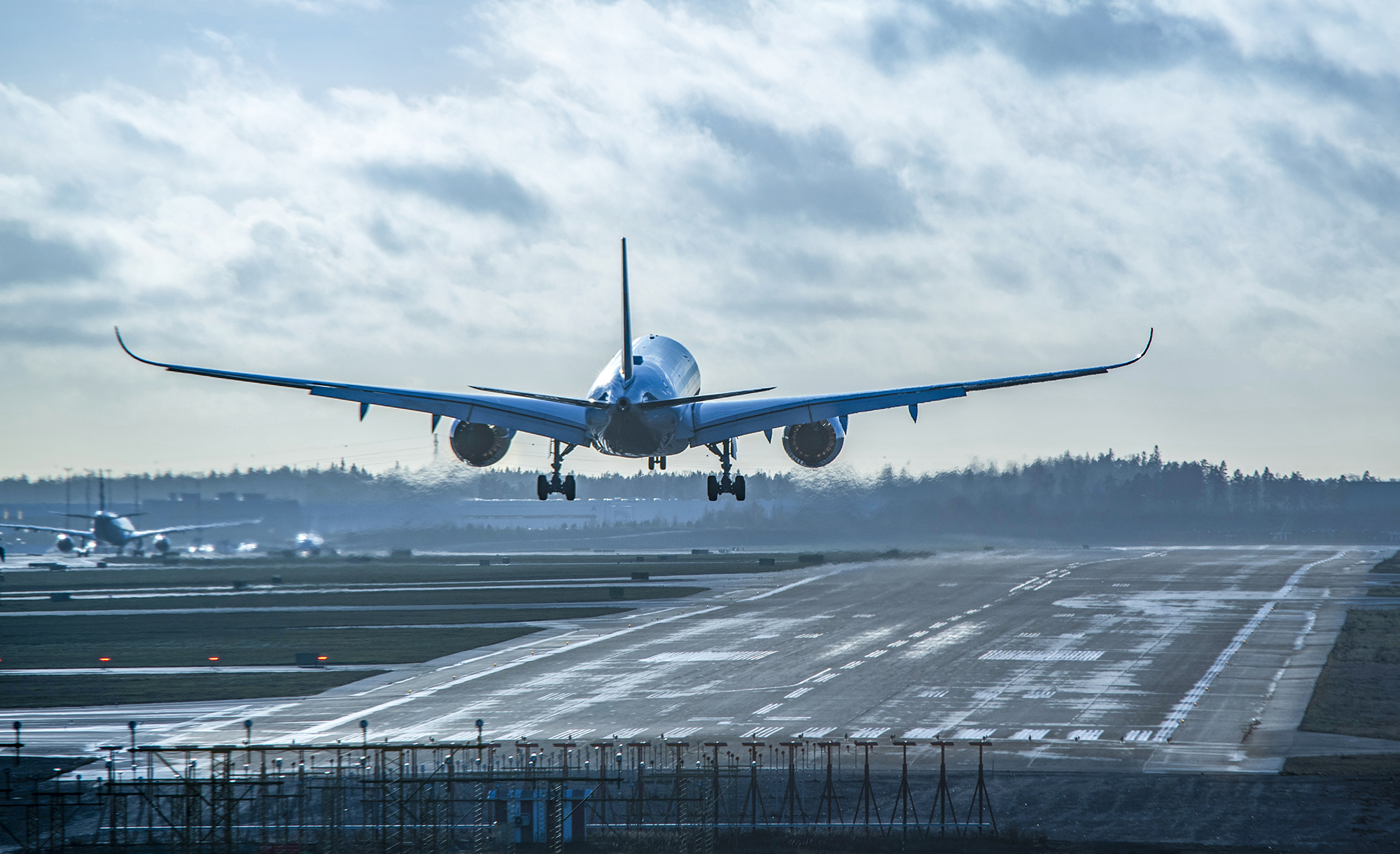
The standard traffic pattern is to the left; unless visual markings and published documentation indicate otherwise, all turns in the pattern will be made to the left.
The standard traffic pattern is a rectangular pattern consisting of an upwind, crosswind, downwind, and final approach leg. The standard traffic pattern altitude is 1,000 feet above aerodrome elevation, with turbine aircraft maintaining 1,500 feet above aerodrome elevation.
As per 14 CFR part 91, when operating in the traffic pattern at a non-towered airport, aircraft should maintain an airspeed of no more than 200 knots.
You must obtain clearance from Air Traffic Control (ATC) at a towered airport to perform a touch-and-go landing. If ATC clears you for “the option,” you can perform a touch-and-go, stop-and-go (where you stop on the runway and then depart immediately, usually used for short field landing training), a low approach, full-stop landing, or go-around.
Joining the Traffic Pattern
When entering the traffic pattern of a non-towered airport, pilots must broadcast their intentions on the appropriate frequency and obtain situational awareness through communication with other aircraft in the traffic pattern. If there are no aircraft in the traffic pattern, pilots must use wind indicators such as windsocks on the ground or automated weather broadcasts to determine the runway in use.
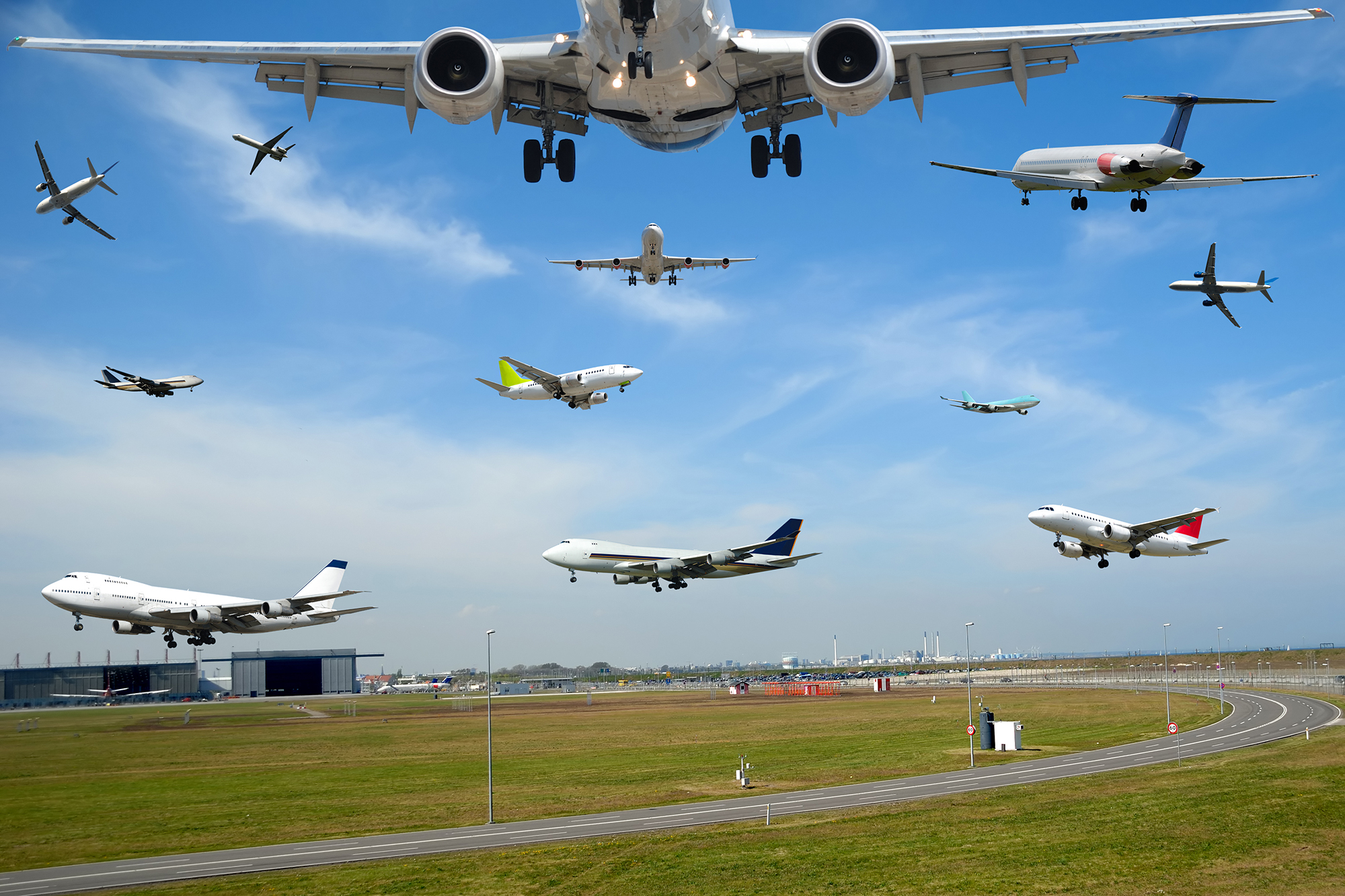
Airports will usually have L-shaped traffic pattern indicators, which provide a visual indication of the correct pattern to be flown, on the outside of a segmented circle containing a windsock. The short stem of the “L” shows the direction in which turns in the pattern must be made.
Before entering the pattern, the traffic pattern altitude should be known, and an accurate regional QNH obtained. The traffic pattern should be entered at the traffic pattern altitude, as climbing or descending into the traffic pattern creates a collision hazard.
The traffic pattern is typically entered at a 45-degree angle to the downwind leg, aimed at the middle point of the runway.
If you are arriving from the opposite end of the pattern, there are two methods of joining the downwind leg.
The first method involves flying overhead the field at 500 feet above the pattern altitude (Usually 1,500 feet Above Aerodrome Level) and, in the case of a standard left traffic pattern, descending, turning right, and positioning on the usual 45-degree entry. If turbine aircraft are operating in the pattern, approach the airfield at 1,000 feet above the pattern altitude (2,000 feet Above Aerodrome Level) to avoid the turbine circuit pattern, which is 1,500 feet Above Aerodrome Level.
The second method involves flying overhead the field at pattern altitude and, in the case of a left traffic pattern, turning left and joining the downwind leg.
If you are performing takeoff and landing practice and intend to join the pattern after departure, climb until you are within 300 feet of the traffic pattern altitude and turn onto the crosswind leg. When 45-degrees from the departure threshold, turn onto the downwind leg. If you are still climbing during the turn, remember to compensate for the difference in turning radius compared to a level, faster turn.
Before making any turns in the traffic pattern, perform a lookout to the aircraft’s left, front, and right. Pay particular attention to the active areas of the pattern when completing the lookout before commencing with a turn.
From Downwind to Landing
When established on the downwind leg, aim to fly parallel and approximately 1 mile from the runway. It is crucial to maintain the right track on downwind and compensate for any wind that may cause the aircraft to drift toward or away from the runway. On the downwind leg, complete your before landing checks and configure the aircraft for the descent.
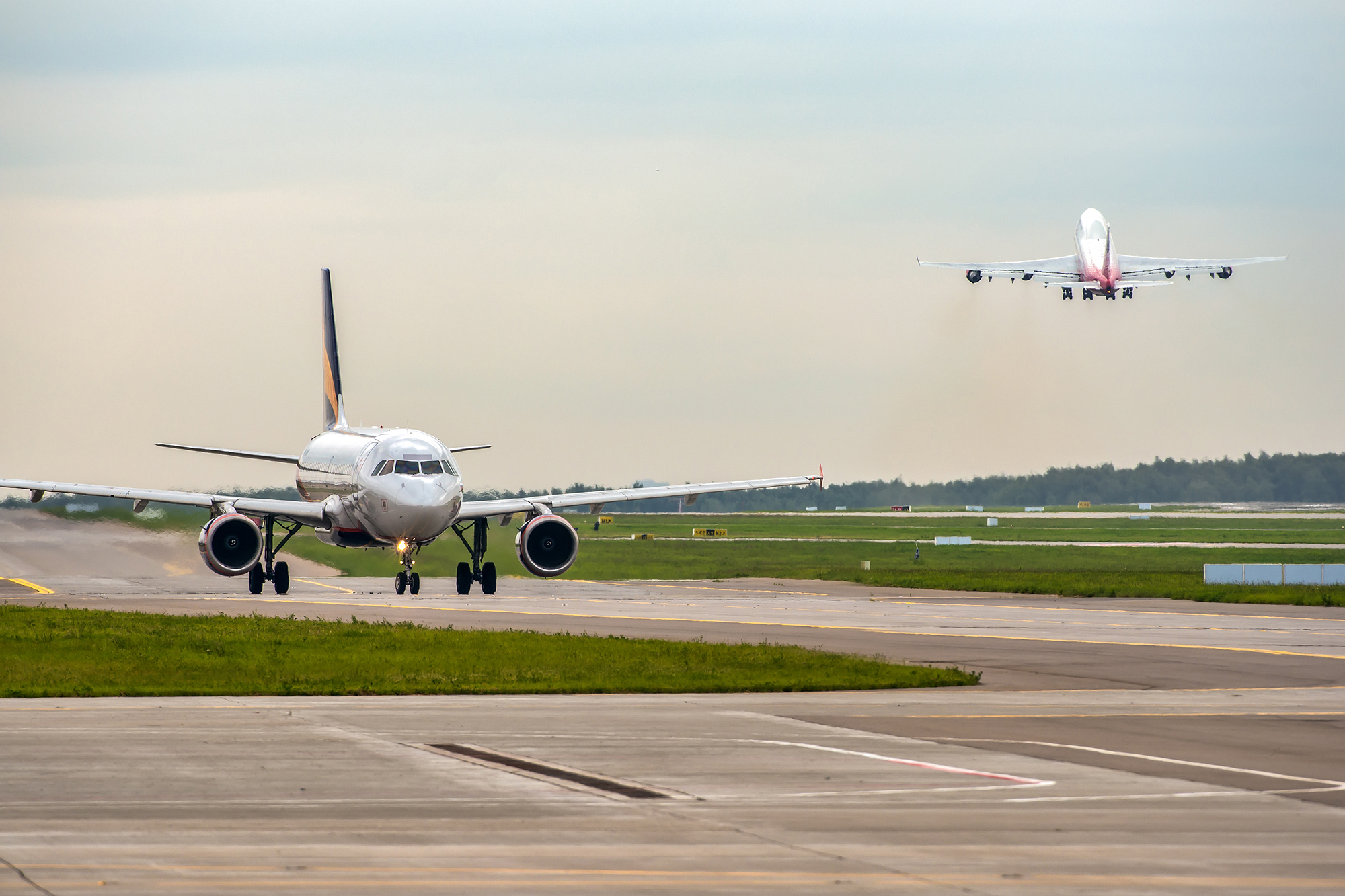
At 45-degrees to the landing threshold, begin your turn onto the base leg. The descent should then be initiated to intercept the glideslope for the runway intended for landing. The descent may also be initiated on the downwind leg when abeam the landing threshold.
When on the base leg, continue the descent and turn onto the final approach when appropriate. When turning from the base onto the final approach remember to compensate for headwinds, which will push you away from the final approach path, and tailwinds, which will push you towards the final approach path.
On the base leg, you should maintain a track that is perpendicular to the final approach path.
On final approach, as per 14 CFR part 91, you have right-of-way over other aircraft in flight or operating on the surface. When two aircraft are approaching the same airfield for landing, the aircraft at the lower altitude has the right-of-way. Regardless of this rule, you should be considerate of other traffic and accommodate them as required.
The Go-Around and Exiting the Pattern
When initiating a go-around on the final approach, continue the climb to a safe altitude while climbing straight ahead. If traffic is departing ahead or already airborne, it is crucial that you keep the traffic insight during the climb and position the aircraft as necessary to maintain separation. Once again, communication is key to the safe and efficient operation of the traffic pattern.
When departing with no intention of joining the traffic pattern, continue straight ahead and exit the pattern, or turn 45-degrees left (when using a left pattern) or right (when using a right pattern) after reaching pattern altitude and exit the traffic pattern.
Conclusions
Most mid-air collisions occur during daylight hours under good visibility at or near uncontrolled airports below 1,000ft. No one is immune from mid-air collisions and incidents – stay alert and be responsible!

 @pilotinstituteairplanes
@pilotinstituteairplanes

